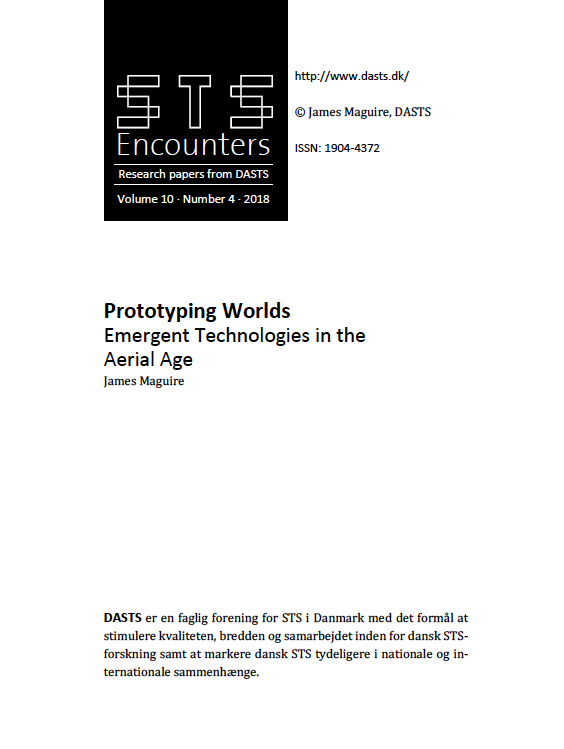Prototyping Worlds
Emergent Technologies in the Aerial Age
DOI:
https://doi.org/10.7146/stse.v10i4.135252Keywords:
prototyping, technology, innovation, anticipation, STS, aviationAbstract
This paper takes its point of departure in the years leading up to, and shortly after, the outbreak of World War One; a period that saw the emergence of Europe’s first aeroplanes. It argues that the production of new aerial objects required not just imaginative leaps in technology, but also the making of possible futures into which such technologies could fit. In order to elaborate this argument, the paper engages with the life and work of J.C.H Ellehammer, the Danish inventor-entrepreneur who claimed the honour of being the first man to fly in Europe in 1906. Through an examination of Ellehammer’s heterogeneous activities and practices, I argue that his initial aerial prototypes are ‘not-quite-yet-flying machines.’ As technologies of anticipation they model, or rehearse, a version of the future through which such machines could become more acceptable to a sceptical public and find their place within a broader national discourse on flying. This is based upon a particular reading of the prototype as both an epistemic object and an epistemic culture, and upon a rendering of prototyping as an analytic that approaches the craft and agency of objects in particular ways.

Downloads
Published
How to Cite
Issue
Section
License

This work is licensed under a Creative Commons Attribution-NonCommercial-ShareAlike 4.0 International License.
Starting with volume 15, articles published in STS Encounters are licensed under Attribution-NonCommercial-ShareAlike 4.0 International (CC BY-NC-SA 4.0). The editorial board may accept other Creative Commons licenses for individual articles, if required by funding bodies e.g. the European Research Council. Previous articles are not licensed under Creative Commons. In these volumes, all rights are reserved to the authors of the articles respectively.




